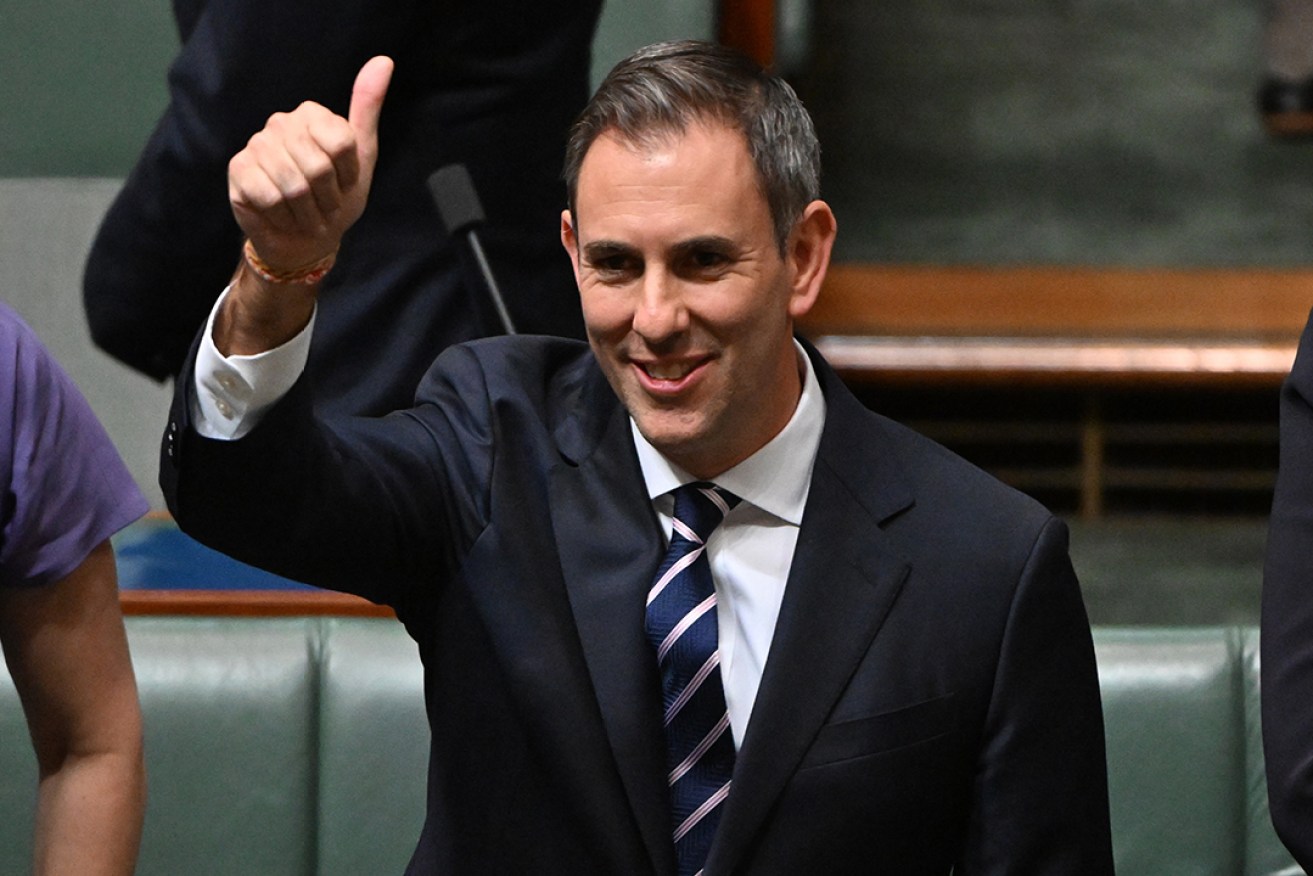The mid-year fiscal update contained no extra cost of living relief, although Chalmers has not ruled out more help in his next budget.
The update revealed a vastly improved bottom line underpinned by strong commodity prices, jobs growth and rebounding migration after the pandemic.
Chalmers said higher income tax revenue means worker pay packets were growing and more people were in jobs.
“And both of those things are good things,” he said.
“Wages growth, which is welcome, when you get that employment growth, which is welcome, the income tax take goes up as well.”
His comments came as the Australian Bureau of Statistics (ABS) released its labour report for November.
The seasonally adjusted unemployment rate rose by 0.1 percentage point to 3.9 per cent in November, up from a revised 3.8 per cent in October.
Bjorn Jarvis, ABS head of labour statistics, said this increase was due to the combination of strong growth in both employment and unemployment in November.
“With employment increasing by 61,000 people and the number of unemployed people rising by 19,000, the unemployment rate rose to 3.9 per cent in November” he said.
This growth saw “the employment-to-population ratio return to a record high of 64.6 per cent and the participation rate reach a new high of 67.2 per cent”.
Worker pay has also been increasing but not as fast as consumer prices have been rising, although Treasury expects wage growth to start outpacing inflation by early next year.
Despite financial pressures on households, the mid-year budget update released on Wednesday contained no direct measures or handouts.
Chalmers said it was never the intention to hand down a “mini-budget” and announce major policies, though he has kept the door open to more cost of living relief down the track.
“As we get closer to the May budget, obviously we will consider whether we can afford to do more, and we’ll factor in … the economic conditions, the budget pressures, and most importantly, the pressures that people are under right around Australia,” he said.
A cost of living relief package was announced in the May budget, including energy bill help and cheaper medicines.
The opposition said Labor should be doing more to help the Reserve Bank of Australia bring consumer price growth back within its two-three per cent target band.
Opposition treasury spokesman Angus Taylor said the government should be pulling every lever at its disposal to bring down inflation.
“Spending in particular is important – you don’t tax your way out of a cost of living crisis,” he said.
Taylor said while cost of living support measures target symptoms of inflation, it was important to tackle price pressures at the source.
“The greatest cost of living support is to get inflation down,” he said.
Anglicare Australia executive director Kasy Chambers said targeted cost of living relief would not add to inflation, unlike planned stage three tax cuts due next year.
“That means giving hundreds of billions of dollars to people who don’t want or need it – which could push up living costs for everyone else,” she said.
But Chalmers said the tax cuts could help reduce pressures.
“If people are keeping more of what they earn that will make it easier for them to make ends meet,” he said.
“(The cuts) will provide some relief to people, they will also return some of this bracket creep.”
CommSec economists Craig James and Ryan Felsman said the tax cuts could be a “very big deal” for the economy.
If inflation is still high, the extra money in the economy could delay rate cuts, or be so stimulatory that the cash rate may need to go higher.
“It all depends on the mood at the time, state of the job market and state of the global economy,” they wrote in a note.
On the other hand, the tax cuts could over support sluggish consumer spending as the lagged impact of interest rate hikes slow the economy next year.
The income tax cuts are set to take effect in mid-2024.
– with AAP





